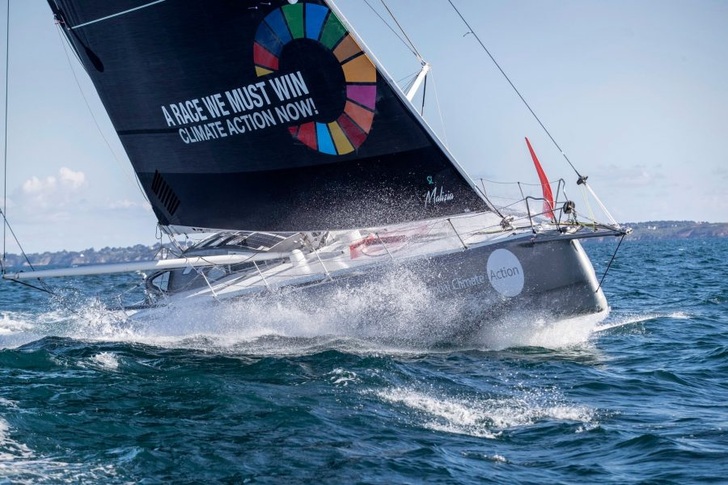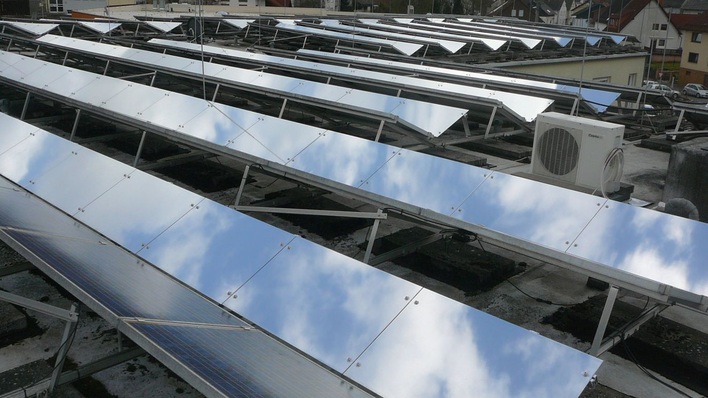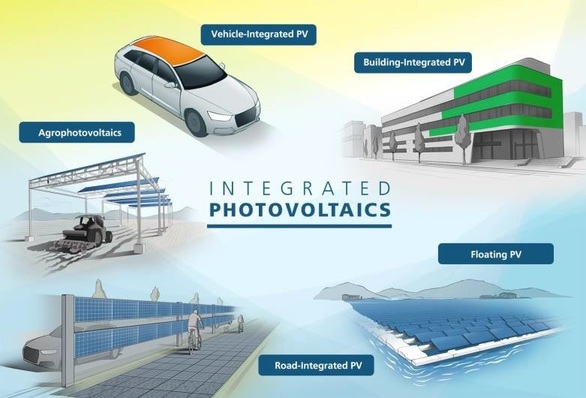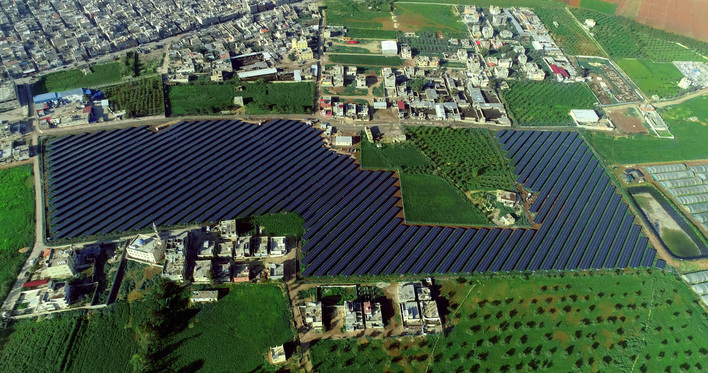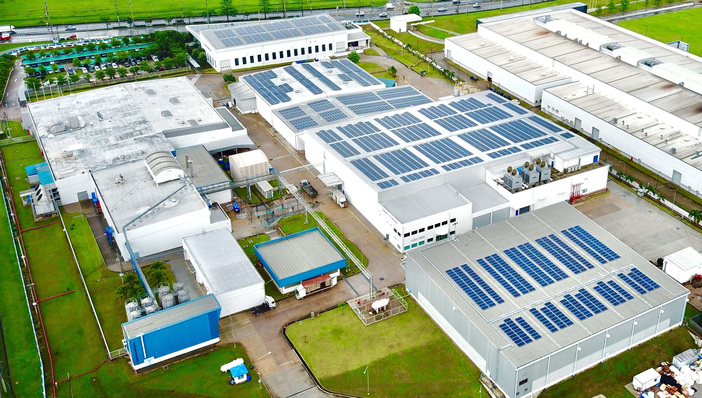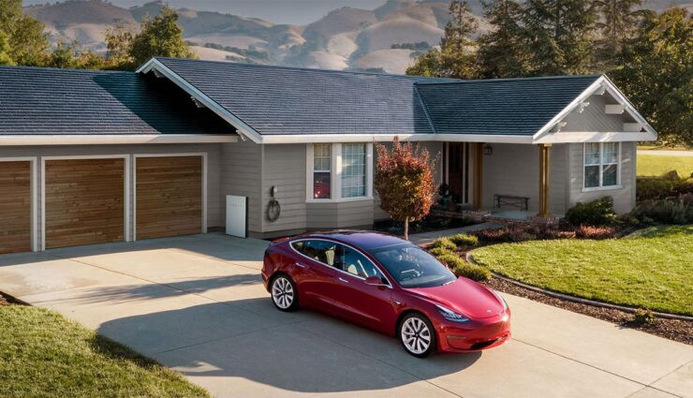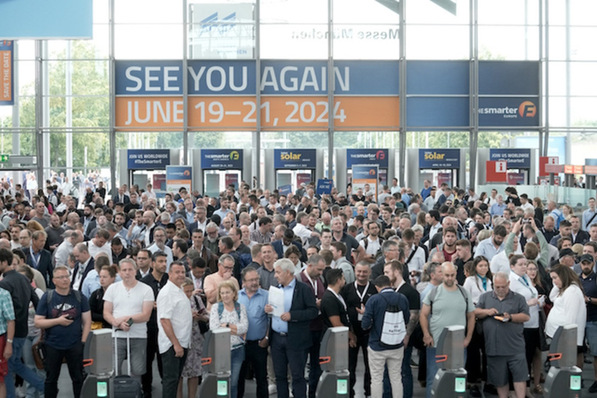On this day, September 20th, millions of people around the world are taking to the streets to raise their voices against the global climate crisis. And these protests are no longer limited to a few young people taking Fridays off school to go on strike: Companies such as, to name just a few at random, GLS Bank, the inverter manufacturer SMA and the search engine Ecosia as well as international bodies and NGOs such as Entrepreneurs4Future have encouraged their staff to get involved in today’s actions. The CEO of Ecosia has gone so far to not only guarantee his employees continue to get paid during the time they spend ‘off work’, but also to cover their legal fees, should they be arrested as part of any non-violent protests.
One person, however, who will be literally on the other side of the globe at this time is the well-known Swedish climate activist Greta Thunberg. She is in New York to take part in the UN’s Climate Action Summit. In order to get to the Americas without causing carbon emissions, she took it upon herself to sail across the Atlantic Ocean aboard Malizia II, a 60-foot ocean-going racing yacht that is especially equipped to be fully carbon-neutral.
Set up to sail 100 per cent emissions free.
On the one hand, this is achieved through the use of thin-film solar panels fitted to the ship’s deck where they are least susceptible to shading from the mast and sails. On the other hand, Malizia II is equipped with a set of stern-mounted water turbines for generating electricity when the weather does not allow PV-based power generation.
The solar panels were built by Italian manufacturer Solbian. These thin-film PV modules are encased in plastic, making them both durable and flexible. Generating a total of 1.15 kilowatts, they come in two varieties: The ones fitted to the sides of the hull are smooth for better hydrodynamics, while the panels incorporated into the deck area are covered in a prism structure to provide protection and prevent slipping.
The panels are wired as 33 strings with integrated bypass diodes, which deliver power to 15 step-up converters with MPP trackers. These convert the DC voltage to 48 volts for charging the lithium ion batteries. In parts, the system was installed by the Austrian company Sailectron. It not only provides power to the ship-board electronics and what little creature comforts Malizia II has to offer, but also an electric motor for navigating in calm waters and into the harbour.
Water turbines for additional generation
Even when conditions are not suitable for generating solar power, two water turbines mounted to the stern are driven by the boat’s forward movement through the water to generate additional power. In addition to the electric motor mentioned before, Malizia II also does have a combustion engine on board, but it has been sealed before leaving Plymouth and will only be used in an emergency.
Having delivered her ‘cargo’ to New York safely and without inducing sea sickness, Malizia II is now on her way back across the Atlantic. (mfo)

